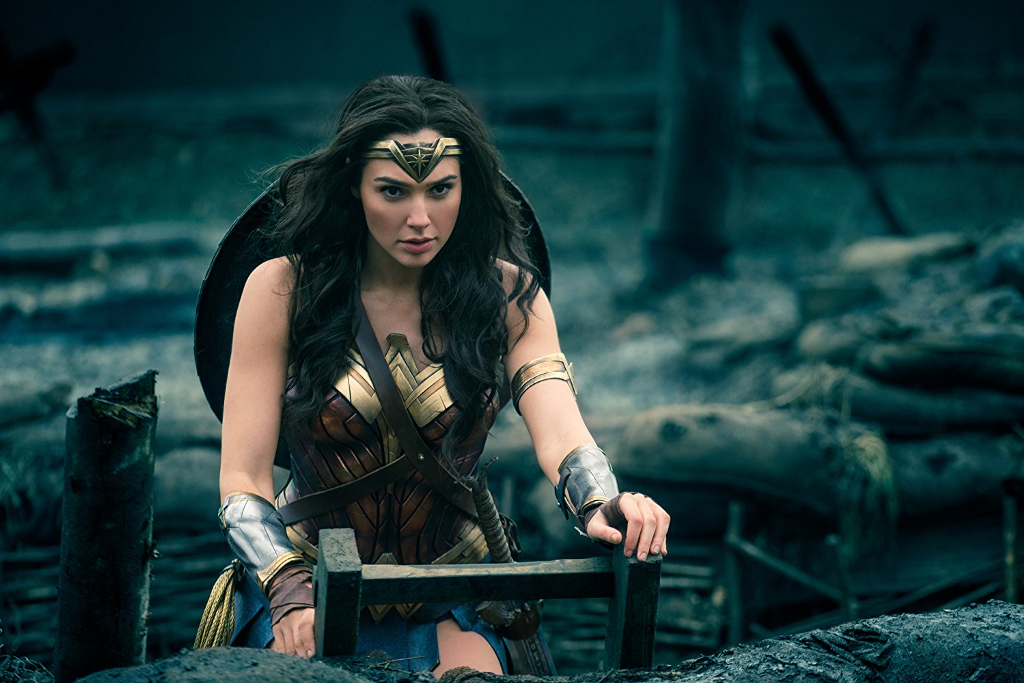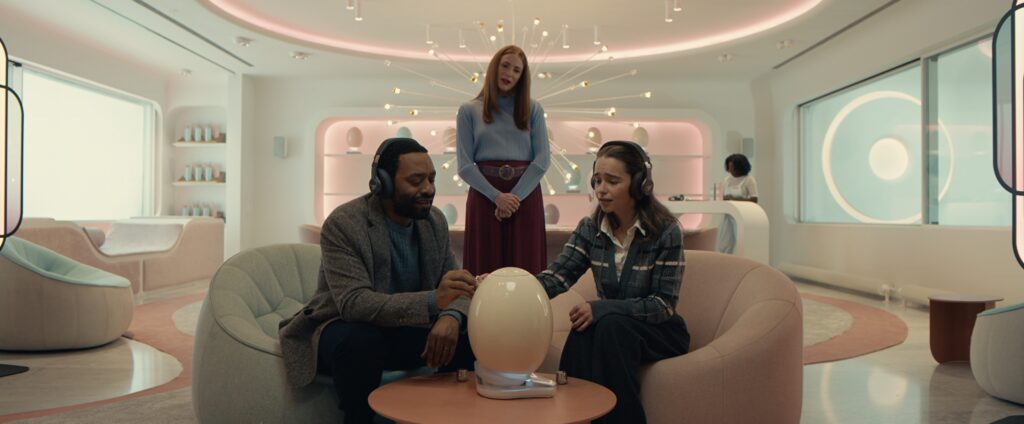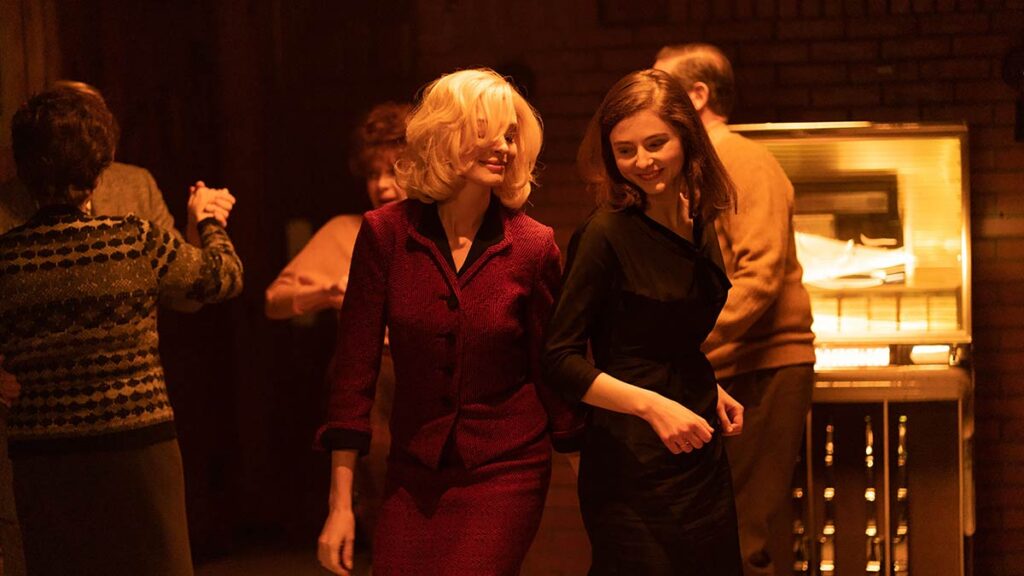Women continued to be a major presence and spending force at the movies last year. The MPAA has published its THEME — theatrical and home entertainment market environment — report for 2017 and found that women comprised 50 percent of domestic movie audiences and bought 49 percent of the tickets. This marks a slight, but statistically insignificant, dip from 2016, which saw women make up 52 percent of audiences and purchase 50 percent of tickets.
However, the majority of audience members for last year’s second and third highest-grossing films were female. Women represented 64 percent of “Beauty and the Beast’s” viewers and 52 percent of “Wonder Woman’s.”
As previously reported, the female-driven “Star Wars: The Last Jedi,” “Beauty and the Beast,” and “Wonder Woman” were the top three films of 2017. Similarly, the four best-selling DVD/Blu-rays last year were all women-centric: “Moana,” “Rogue One: A Star Wars Story,” “Wonder Woman,” and “Beauty and the Beast.”
“Wonder Woman” and “Beauty and the Beast’s” audiences were also among the most racially-diverse of 2017’s top films. Twenty-two percent of “Wonder Woman’s” audiences members were Latino, 14 percent black, nine percent Asian, and four percent of another race/ethnicity. “Beauty and the Beast’s” viewers were 22 percent Latino, 12 percent black, eight percent Asian, and five percent of another race/ethnicity.
“Spider-Man: Homecoming” was 2017’s top-grossing film with the most diverse audience: Twenty-one percent Latino, 13 percent black, 10 percent Asian, and five percent of another race/ethnicity. Overall, in 2017 non-white individuals represented 47 percent of the top five films’ audience members.
The MPAA’s study clearly shows that women and people of color are dependable moviegoers. This isn’t really news, so it would be nice if Hollywood caught up and produced more films with casts that reflected their audiences. Unfortunately, that’s not currently the case: women represented just 24 percent of protagonists in the top 100 films of 2017 and people of color accounted for 14 percent of film leads in 2016’s top movies.
Let’s hope that film execs read the 2017 MPAA THEME and take stock of its stats before greenlighting yet another film revolving around white men.
Highlights from the THEME report are below. Check out the full report here.
Global Box Office
- The global box office reached a new record high of $40.6 billion in 2017 — up five percent from the previous year. Seventy-three percent of all dollars made on films is made outside the U.S. and Canada.
- The global box office’s record high was driven by a seven percent increase in international markets ($29.5 billion), in large part due to growth in China. Japan, the United Kingdom, India, and South Korea rounded out the top five international markets after China.
Domestic Box Office
- Seventy-six percent of Americans and Canadians went to the movies in 2017. Annual amount of tickets per moviegoer: 4.7.
- The gender composition of this audience was even among men and women: 50–50.
- Twenty percent of the top films were women-centric: “Star Wars: The Last Jedi,” “Beauty and the Beast,” “Wonder Woman,” “Hidden Figures,” and “Rogue One: A Star Wars Story.”
- More young people and diverse populations went to the movies in 2017. Audiences between the ages of 12 and 17 attended an average of 4.9 movies over the course of the year — more than any other age group, and closely followed by 18 to 24 year olds (4.7).
- Per capita attendance was highest among Latino (4.5) and Asian (4.3) audiences.
- Eighty-nine percent of all the screens in the U.S. are in theaters with five or more screens. That means most Americans view movies in multiplexes.
Portions of this post were originally tweeted by Melissa Silverstein. Follow her @melsil.







